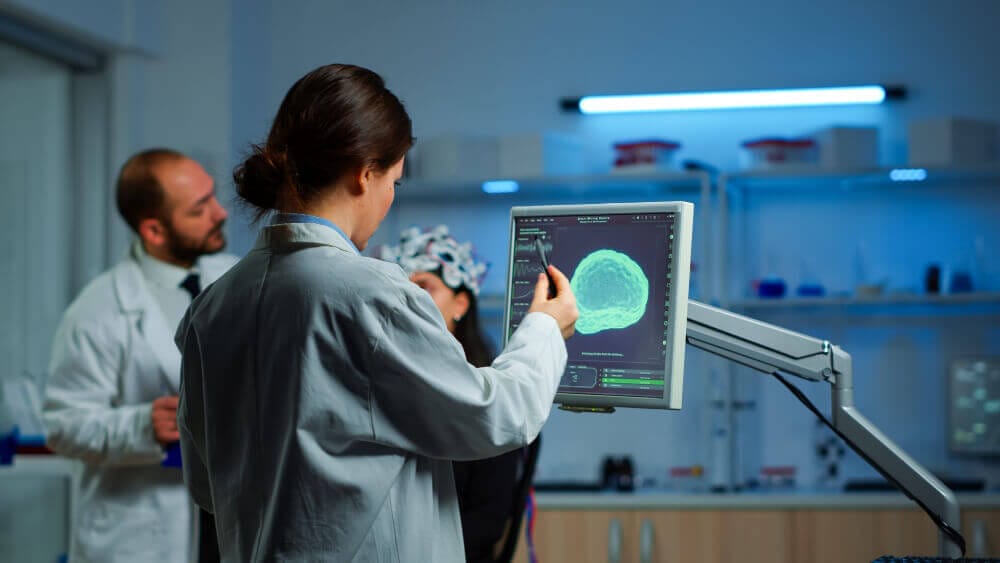Recognizing the Signs of Palinopsia
Persistent Afterimages
If you have Palinopsia, you might see afterimages that linger far longer than they should. Unlike the quick glances after bright lights, these images remain clear and colorful, hard to ignore. This goes beyond normal physiological afterimages, turning into positive afterimages that are vivid and lasting.
Stacking Images
A unique problem is when afterimages pile up, making it hard to distinguish between what's in front of you and what's left behind in your visual field. This blending of images can make daily seeing confusing.
Changing Afterimages
These afterimages aren't static; they might grow or morph, making them look different from the original stimulus. This variation adds another layer of difficulty in navigating visual environments.
Light Sensitivity
Bright lights can intensify these afterimages, making spaces that are usually welcoming, uncomfortably bright. This sensitivity can be a trigger, worsening the visual snow effect and highlighting the importance of managing light exposure.
Contrast Challenges
Switching between dark and light places can make these afterimages more pronounced, making such transitions tough. This issue spotlights the struggle with contrast issues, as the eyes adjust to new light levels.
Motion and Trails
Moving objects might leave behind a series of images, creating a trail effect. This phenomenon, related to visual trailing, disrupts the smooth perception of motion, adding to the challenge of tracking moving objects in your environment.
Experiencing these symptoms can transform simple activities, like reading or driving, into daunting tasks. The intensity of these symptoms can vary greatly, underlining the unique and personal nature of Palinopsia. Awareness and understanding of these signs can aid in managing and seeking appropriate care for those affected.




















